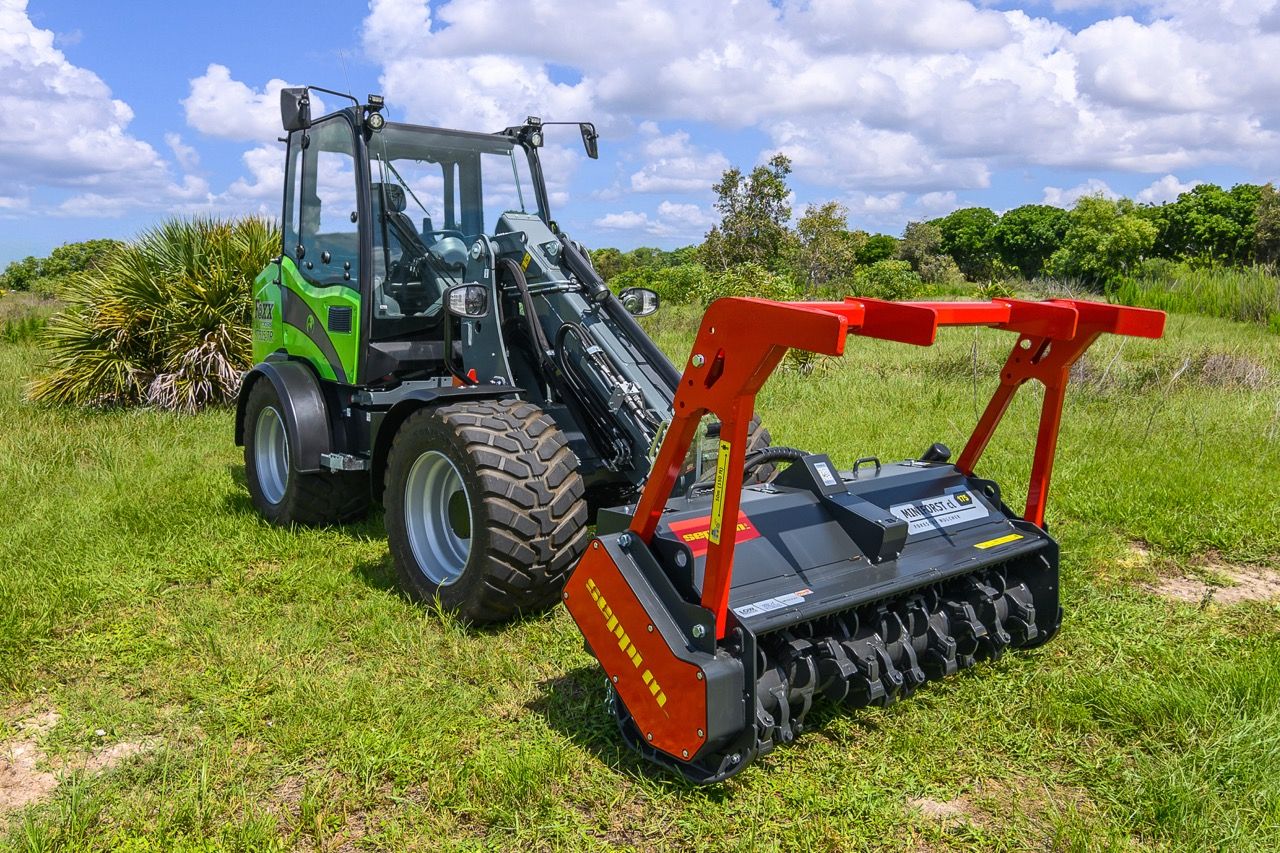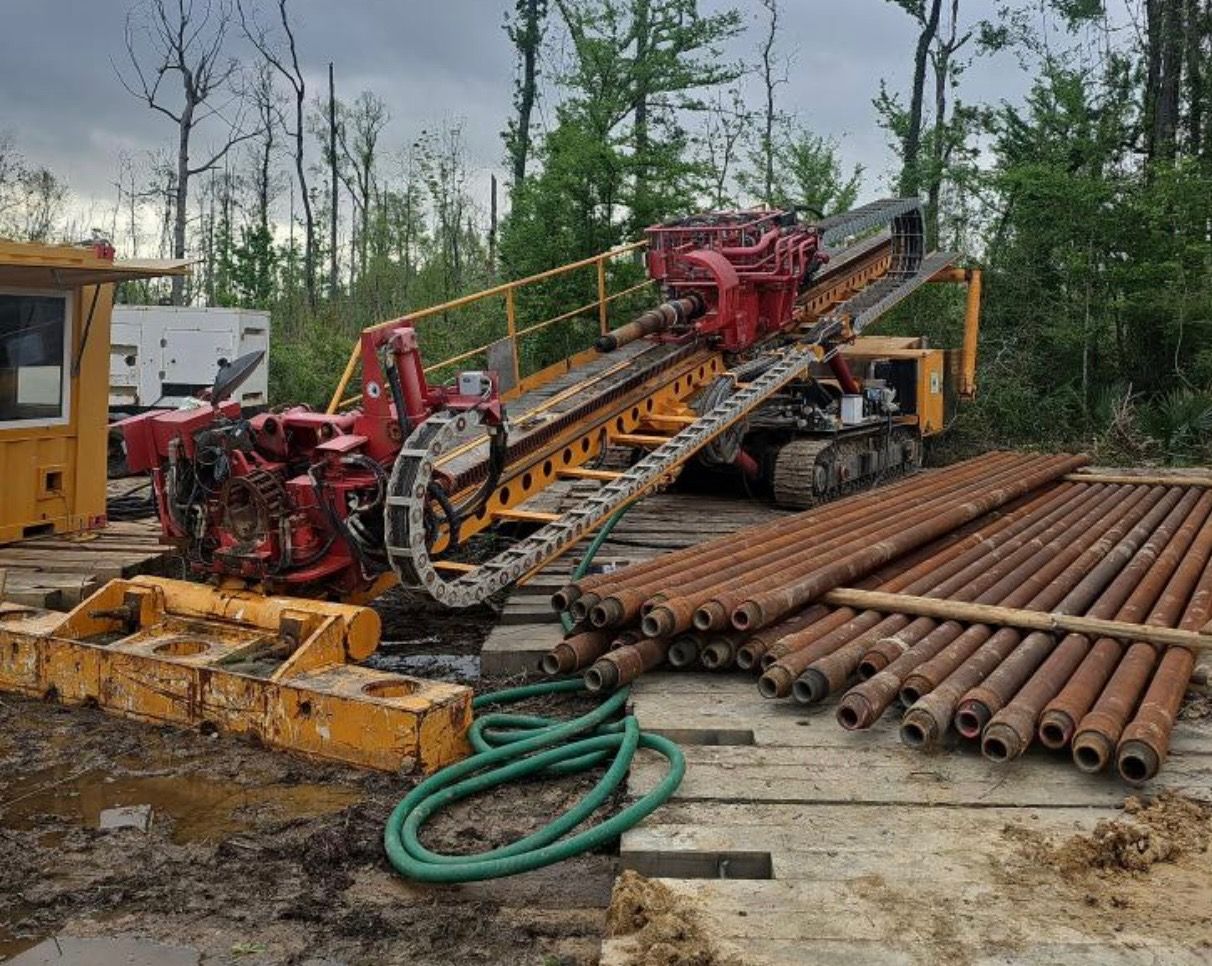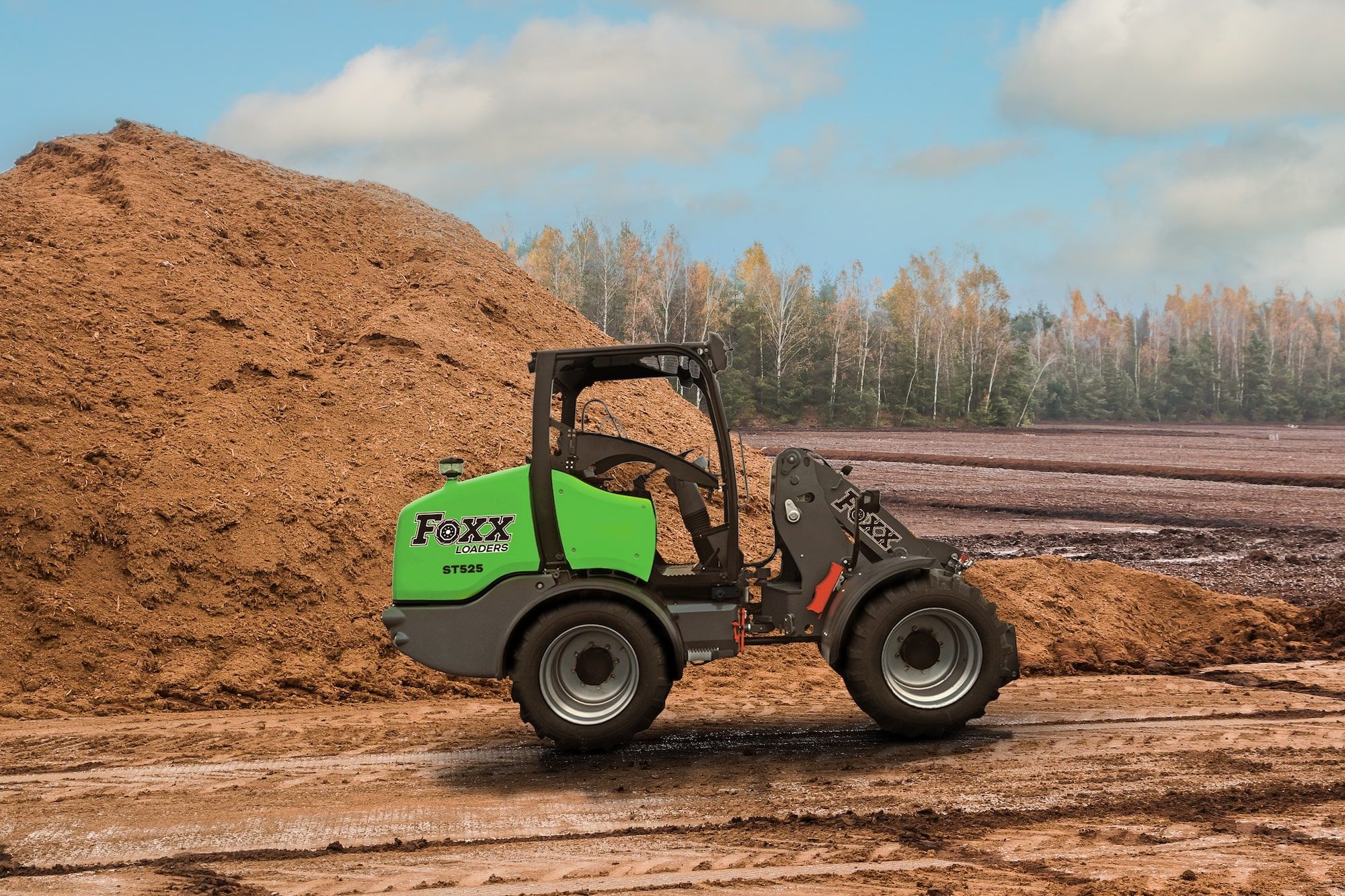Why Drilling Fluids Matter in Horizontal Directional Drilling
Horizontal Directional Drilling (HDD) is not just about big machines or skilled teams. The real success often depends on drilling fluids.
These fluids do more than just cool the drill. They help keep the hole open. They carry dirt and rock out of the ground. They also make the equipment run better.
If the drilling fluid is wrong, the whole job can slow down or fail. Using the right mix can save time, protect tools, and keep the ground safe.
This guide shares 7 real ways drilling fluids make HDD jobs safer and smoother.
1. Maintain Borehole Stability in Unstable Soil Conditions
Drilling fluids keep the borehole intact. They create hydrostatic pressure that supports the walls of the hole. Without it, soft soils collapse and block the path.
In clay-heavy or sandy formations, proper mud weight prevents fluid loss. It also reduces the risk of washouts. This keeps the bore path clear and cuts down rework.
Fluids with high gel strength hold cuttings in place when pumps stop. This is key during pauses in drilling.
Facts
- Most bore collapses happen due to underweighted fluids.
- Stable boreholes reduce the risk of stuck pipe.
Pro Tip: Always test fluid density and gel strength before re-entry or after long pauses.
2. Lubricate the Drill String and Reduce Equipment Wear
Drilling fluids reduce friction in the bore path. Additives in the fluid coat the drill string. This makes movement smoother, even on long or curved runs.
Less friction means lower torque and drag. That protects the drill pipe and motor from early damage.
Lubricated systems need fewer part replacements. This keeps your tools working longer and cuts repair costs.
Facts:
- High drag forces can bend or snap pipe during pullback.Lubricants reduce wear on seals and swivels.
Pro Tip: Always match fluid viscosity to soil type and bore length.
3. Improve Cuttings Transport Efficiency
Moving spoil out of the hole is key to a clean and successful bore. Drilling fluids carry these cuttings through the annular space and out to the surface.
If the fluid is too thin, solids settle and block flow. If too thick, it slows down drilling and pumps.
Balanced viscosity keeps the hole clear. It prevents clogging and protects the drill from getting stuck.
Facts
- Poor cuttings removal causes 60% of stuck pipe cases.
- Even flow reduces downtime and fuel use.
Pro Tip: Design your fluid mix based on bore diameter and soil load.
4. Control Downhole Pressures for Safer Drilling
Downhole pressure must stay balanced. Too much pressure causes frac-outs. Too little, and the bore can collapse.
The right fluid density holds pressure steady. It helps avoid blowouts in loose or shallow formations.
Teams now use sensors to track fluid data live. Monitoring helps stop issues before they happen.
Facts:
- Frac-outs often happen in soft soil or near water tables.
- Balanced pressure protects both ground and equipment.
Pro Tip: Adjust fluid weight when soil changes or bore path dips.
5. Minimize Environmental Risk and Fluid Loss
Spilled or lost fluids can damage the site. Good containment starts with lined pits and sealed return systems.
Fluids must be recycled or disposed of the right way. Always follow local laws and safety plans.
Many crews now use eco-friendly mud additives. These reduce harm to soil and water if a leak happens.
Facts:
- Loss zones increase fluid costs by 30% or more.
- Recovered fluids can be reused on the next bore.
Pro Tip: Use bentonite blends with low-tox clay for cleaner drilling.
6. Enhance Steering Accuracy and Pilot Bore Control
Clean drilling fluid keeps the borehole clear. This allows the tracking system to read signals without noise.
Fluid clarity matters. Thick or dirty fluid can block signal strength from the transmitter.
Good fluid flow also prevents the drill head from drifting. That keeps the pilot bore on the planned path.
Facts:
- Signal loss is a major cause of misaligned bores.
- Clear fluid improves tracking in deep or curved runs.
Pro Tip: Flush the bore with clean fluid before each steering update.
7. Reduce Downtime with Effective Fluid Management
Downtime adds cost. Many small delays come from fluid problems.
Regular flushes keep the system clear. Daily checks of pH, sand content, and thickness help spot issues early.
Clean fluids protect pumps and save fuel. Crews also work faster when flow is steady.
Facts:
- Poor fluid maintenance causes 1 in 3 HDD breakdowns.
- Balanced fluids increase jobsite speed by up to 15%.
Pro Tip: Use mud recycling systems on long bores to cut cost and waste.
Final Thoughts – Mastering Fluids for Better HDD Outcomes
Drilling fluids are more than support tools — they shape the entire outcome of a Horizontal Directional Drilling job.
From stabilizing the bore to keeping the drill moving and the signals clear, fluid performance directly affects speed, safety, and cost.
Every site is different. That’s why working with a drilling fluid specialist can make a real difference.
Advanced rigs with built-in fluid systems help teams drill cleaner, faster, and with fewer delays.
Pro Tip: Start with the right fluid mix — adjust as the ground changes.
Explore more here https://wolfmachinerysupply.com/hdd




